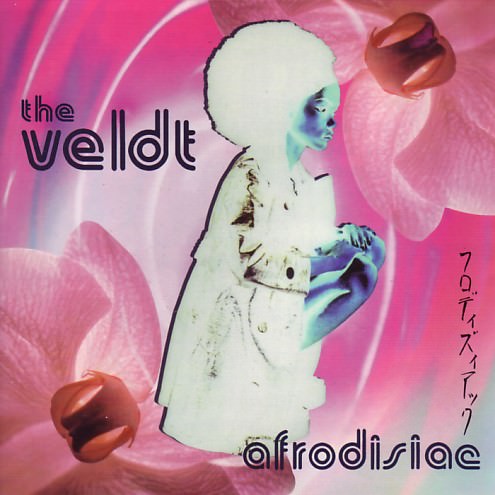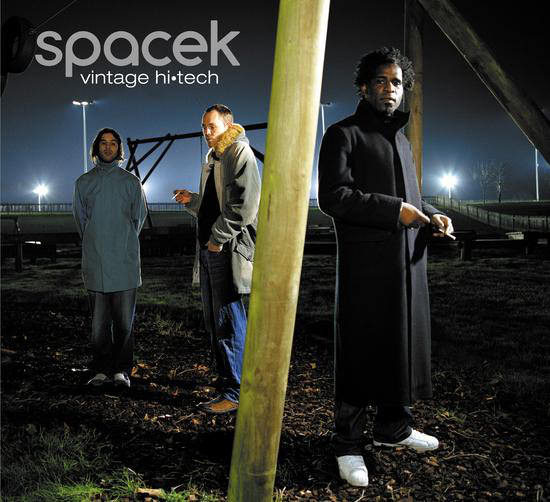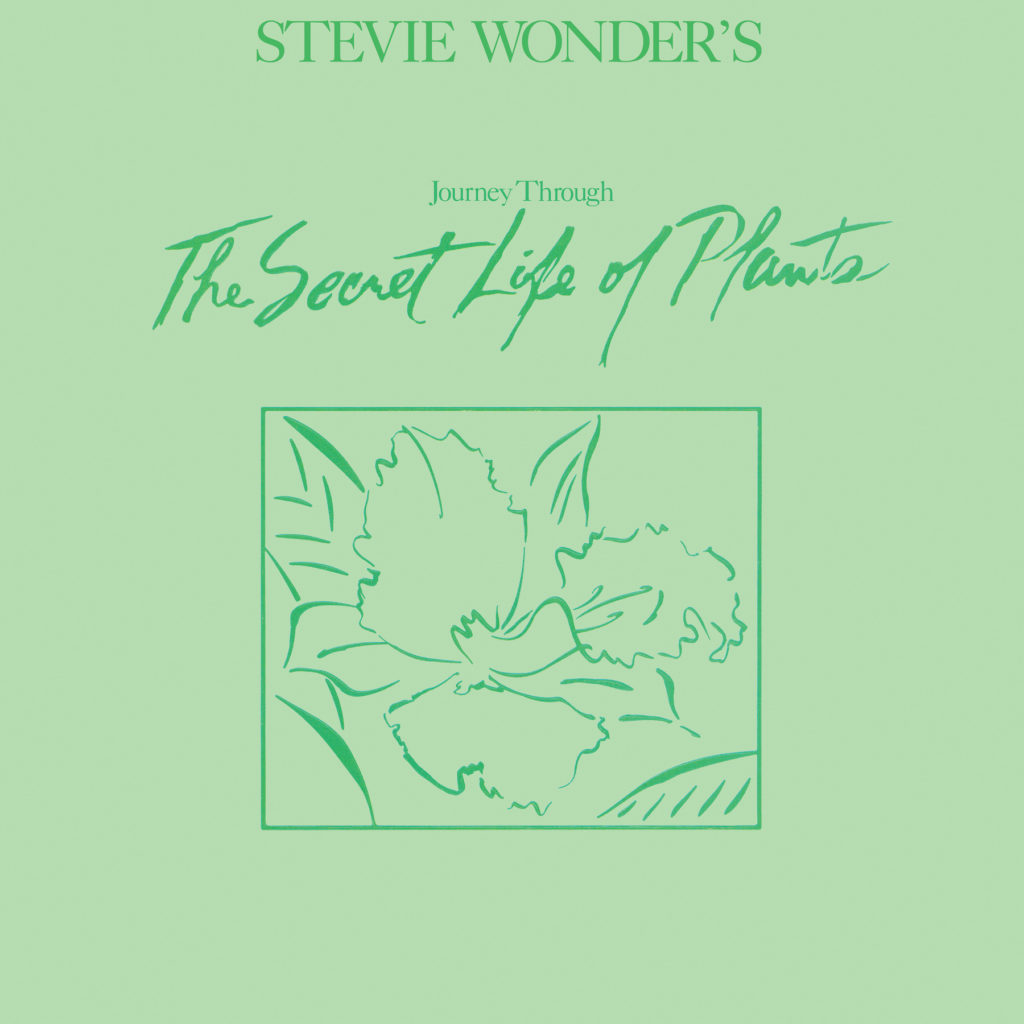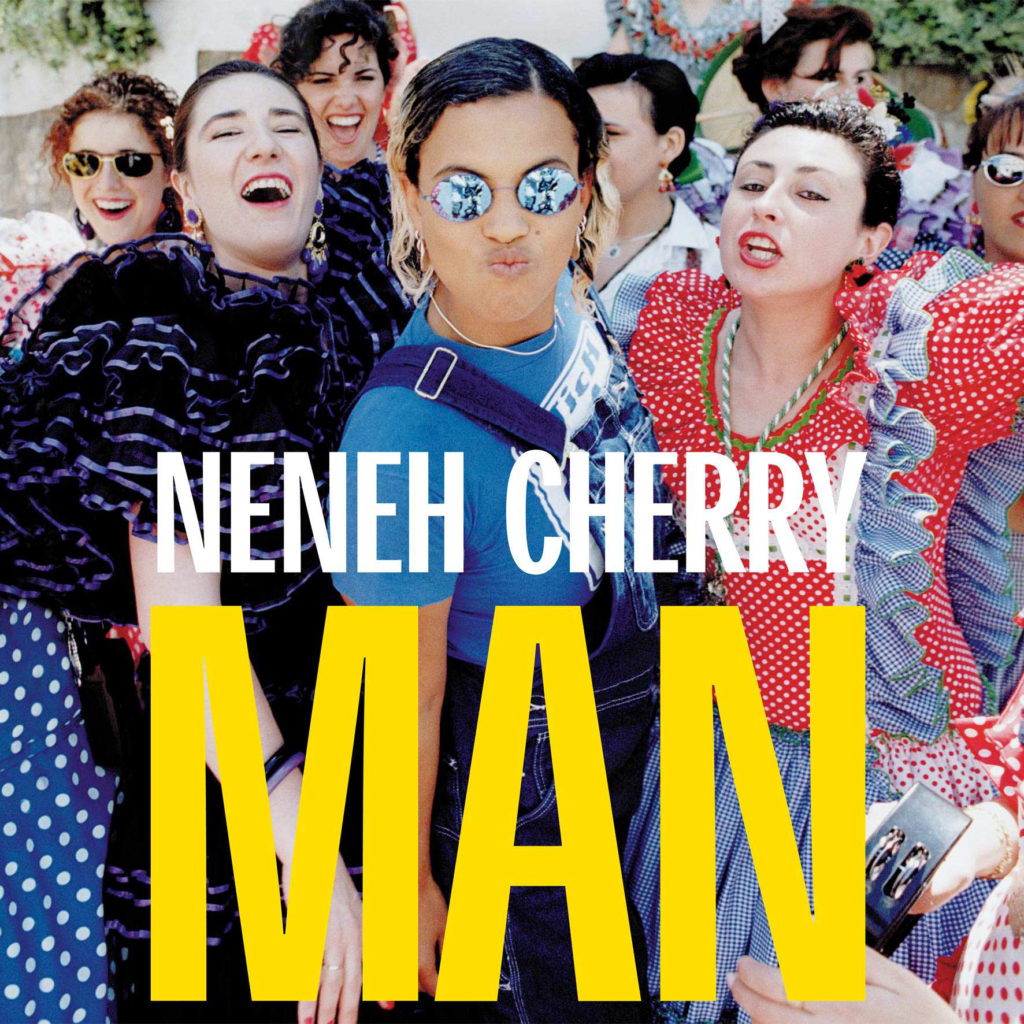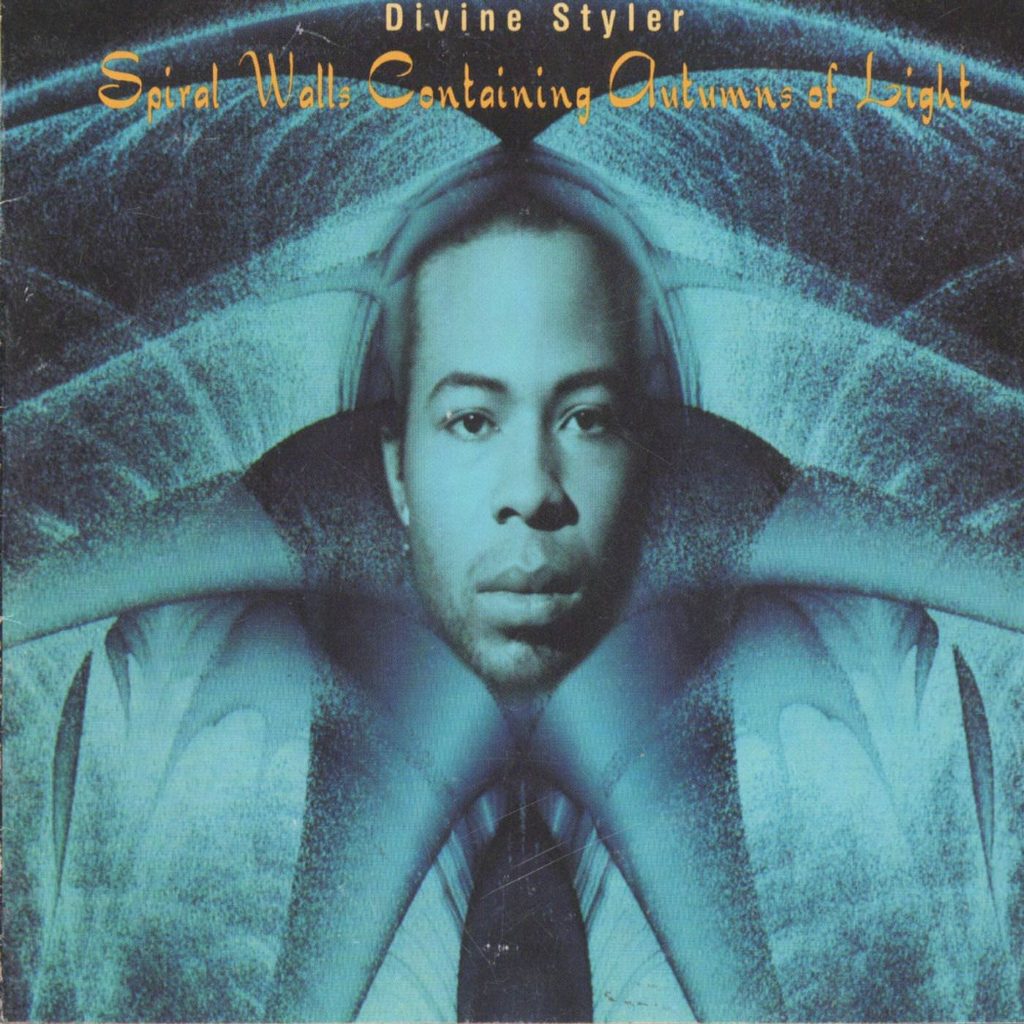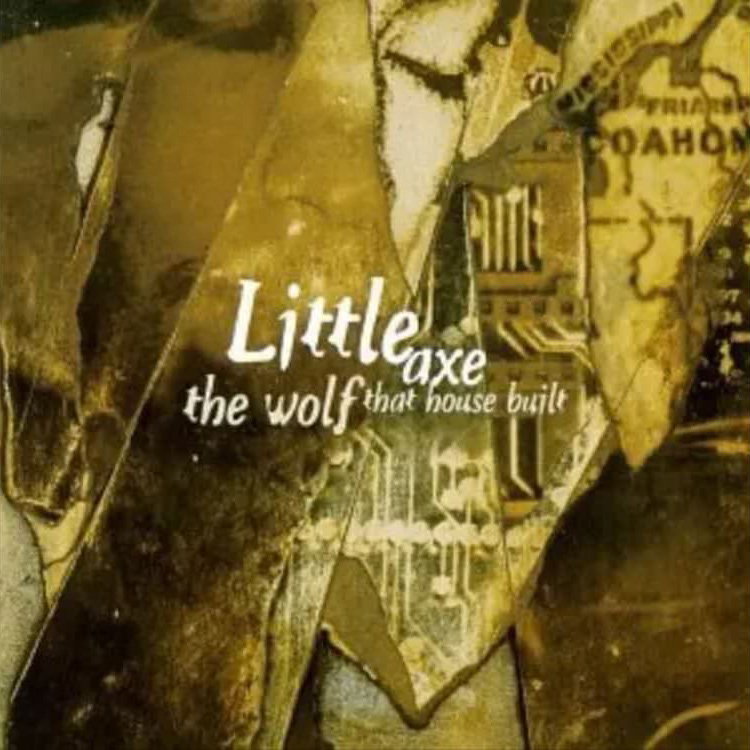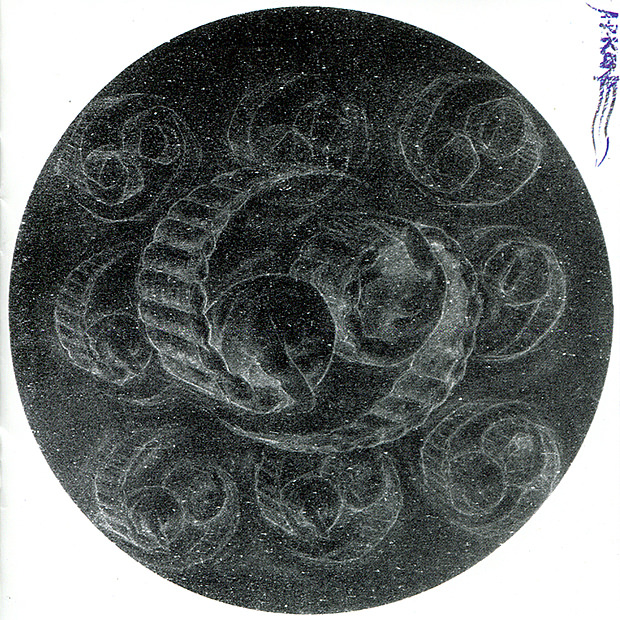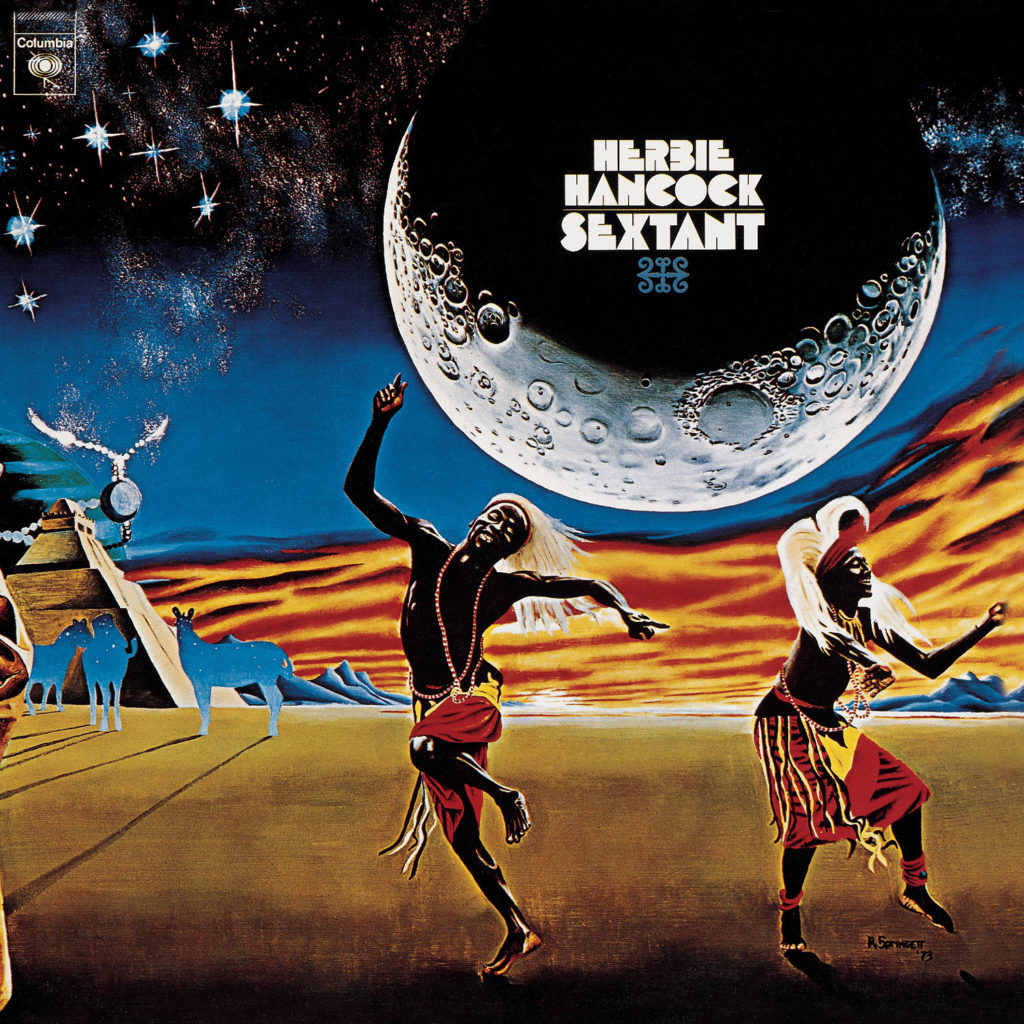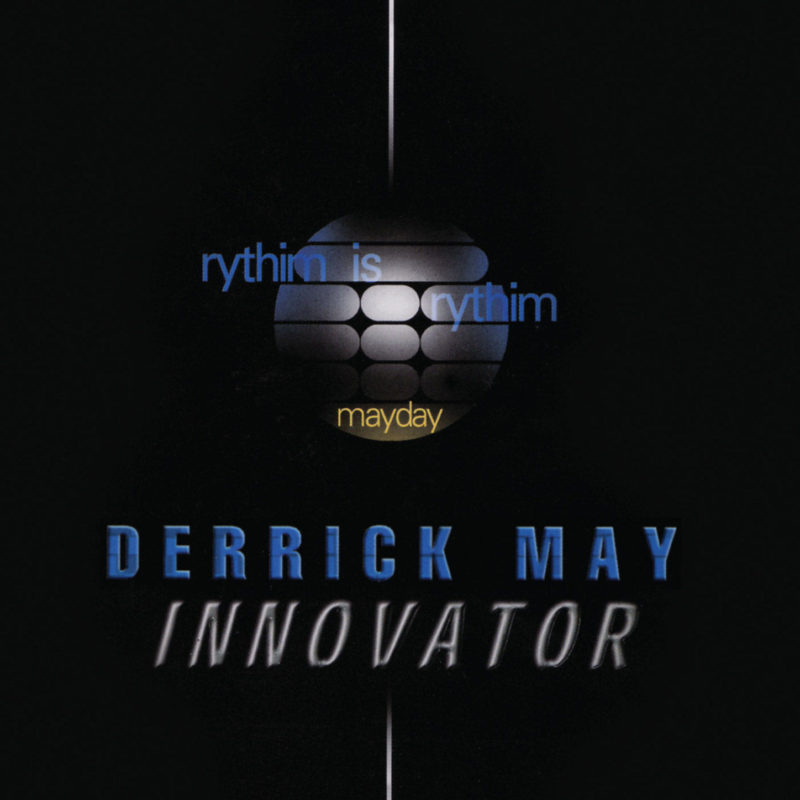
There’s Something About Detroit.
Purchase this album: Amazon
THE SCENE: Detroit native Bob Seger once commented that early in his career he’d play to a packed stadium in his hometown, then drive to New York where he could only command a tiny audience in a funky dive. To be famous at home but invisible elsewhere is also the curse of Derrick May, one of the co-inventors of techno music. His groundbreaking singles have been collected into his only full-length album, 1998’s Innovator.
What is it about Detroit that inspires such extremism in its musical acts? From wild funk (Parliament-Funkadelic) to aggressive punk (Iggy Pop), from sleaze rock (Ted Nugent) to ill hip-hop (Eminem), the Detroit music scene seems to have a lock on the brilliant and bizarre. Into a city haunted by the ghosts of the modern automobile industry came DJ and musician Derrick May who created soundscapes that fused ambience with hard beats; instrumentals designed for dance floor spiritual awakenings.
Under the name Rhythim is Rhythim he released the influential 12” “Nude Photo”. Its murky shifting pulses burrow through the beat like a tapeworm, devouring and expelling all melodies in its wake. His big international break came with the romantically dark “Strings of Life”, which quickly became the template for this new musical genre, the “Johnny B. Goode” of techno. It’s the sound of isolation, of cold steel, of urban excitement, of rain bouncing off the roof of a bus shelter.
May’s tracks like create tension by ignoring all rules of dance music accept one: keep the beat slamming. “Kaotic Harmony” spreads out like a jazz song, with robotic variations on a theme. “Drama” aims for your solar plexus, blanketing you in an avalanche of molten pinpricks.
If the urban dance clubs of the world was a unified tribe, this was their music.
THE FALLOUT: Congratulations! You’re a Black person who makes music that’s not considered “Black”! Even though you’ve helped create a new internationally successful genre of music, the music industry at large doesn’t know how to promote you!
To be fair, the faceless nature of DJing has been a deterrent to major success in many areas but the fact remains that techno in America has one face and it’s Moby’s. It also didn’t help Derrick May that his last recordings were released over a decade ago, and most of his output is out of print. He still DJs around the globe and is given much respect by the club world but like his idols Kraftwerk, his lack of product has clouded any rightful ascendance to a musical throne.
Innovator is available at Amazon and you can sample tracks here:
I feel like Derrick May gave his soul to techno and all he got was a lousy T-shirt. Techno has the patina of “Goofy Caucasians on Ecstasy”, which inevitably diminishes and dismisses his accomplishments, blurring them into the passage of memory.
See you next Wednesday.
NEXT WEEK: Voices without words.
